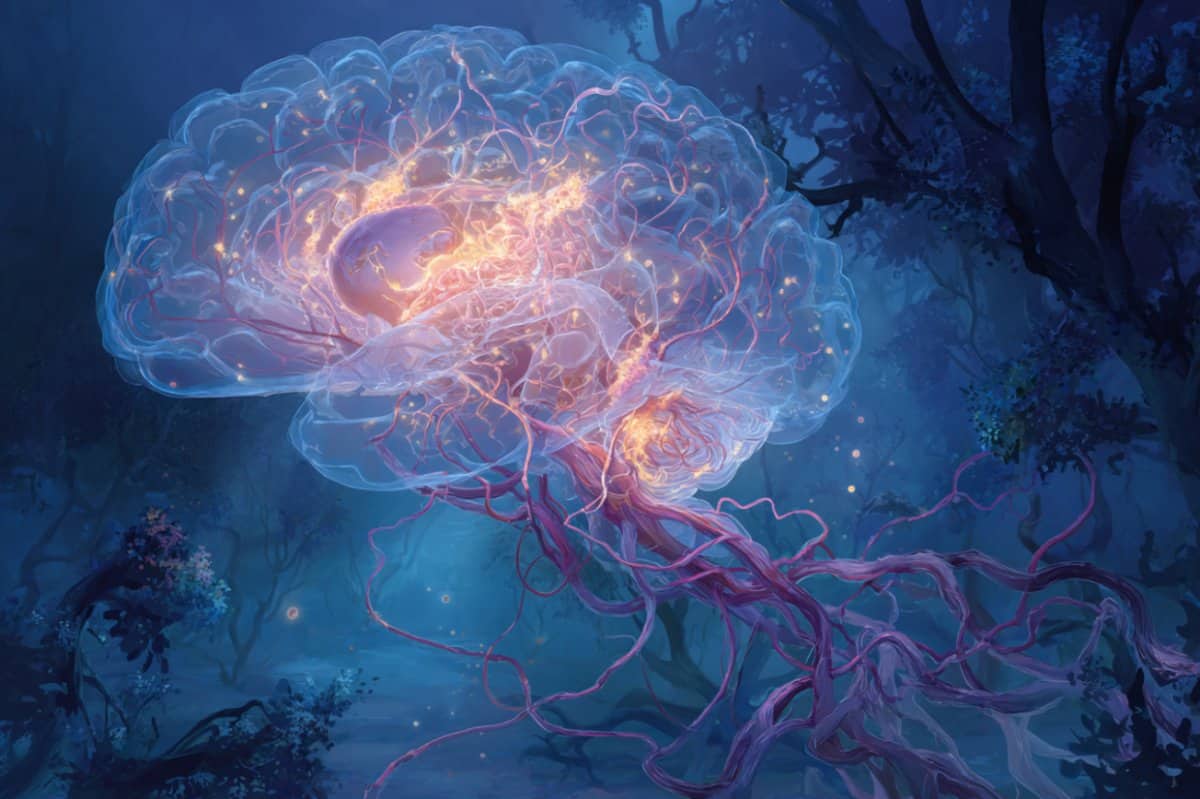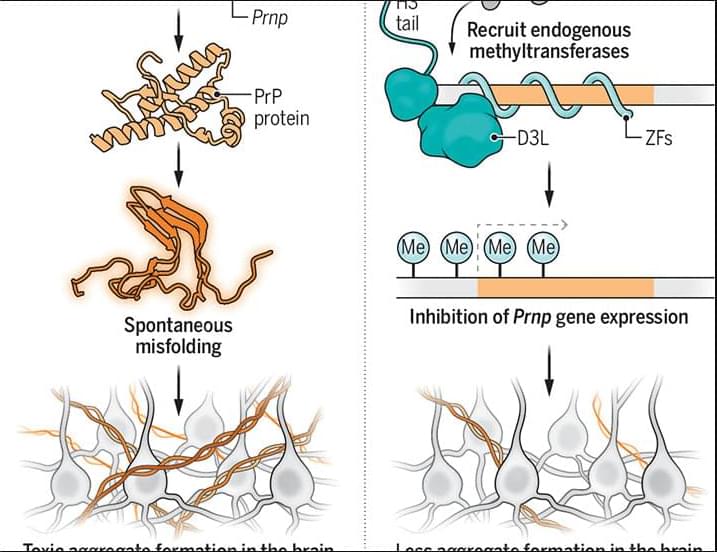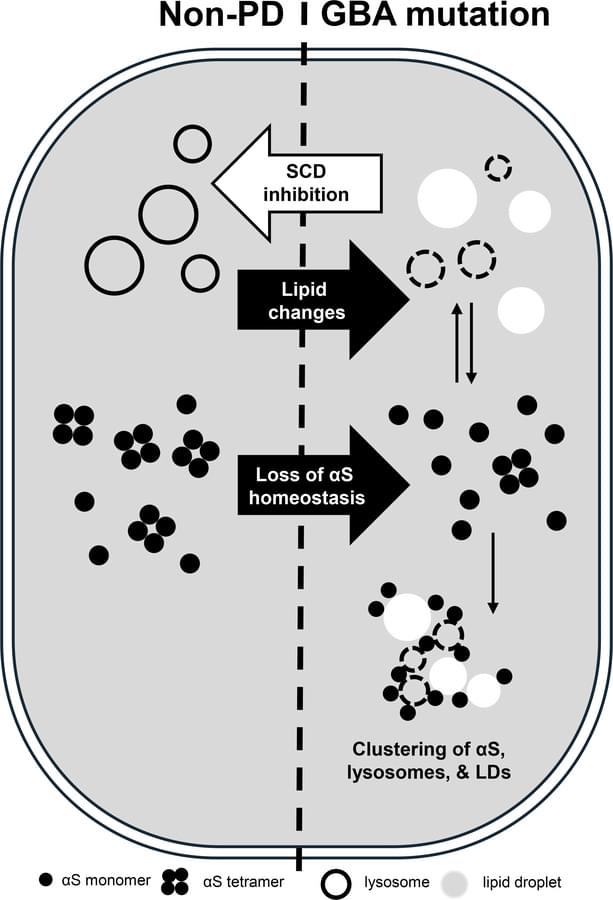A common sweetener, erythritol, causes stress in brain vessel cells, reduces protective nitric oxide, and blocks clot-busting signals.



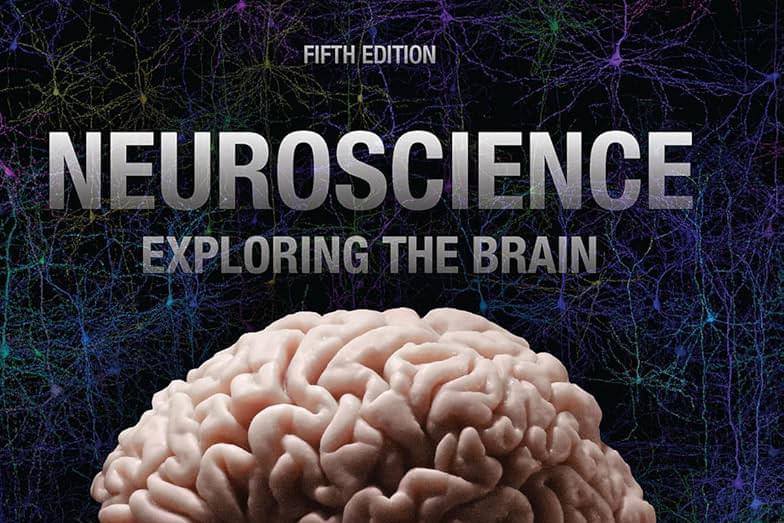
From the very beginning, MIT Professor Mark Bear’s philosophy for the textbook “Neuroscience: Exploring the Brain” was to provide an accessible and exciting introduction to the field while still giving undergraduates a rigorous scientific foundation. In the 30 years since its first print printing in 1995, the treasured 975-page tome has gone on to become the leading introductory neuroscience textbook, reaching hundreds of thousands of students at hundreds of universities around the world.
“We strive to present the hard science without making the science hard,” says Bear, the Picower Professor in The Picower Institute for Learning and Memory and the Department of Brain and Cognitive Sciences at MIT. The fifth edition of the textbook is out today from the publisher Jones & Bartlett Learning.
Bear says the book is conceived, written, and illustrated to instill students with the state of knowledge in the field without assuming prior sophistication in science. When he first started writing it in the late 1980s — in an effort soon joined by his co-authors and former Brown University colleagues Barry Connors and Michael Paradiso — there simply were no undergraduate neuroscience textbooks. Up until then, first as a graduate teaching assistant and then as a young professor, Bear taught Brown’s pioneering introductory neuroscience class with a spiral-bound stack of photocopied studies and other scrounged readings.
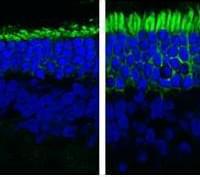

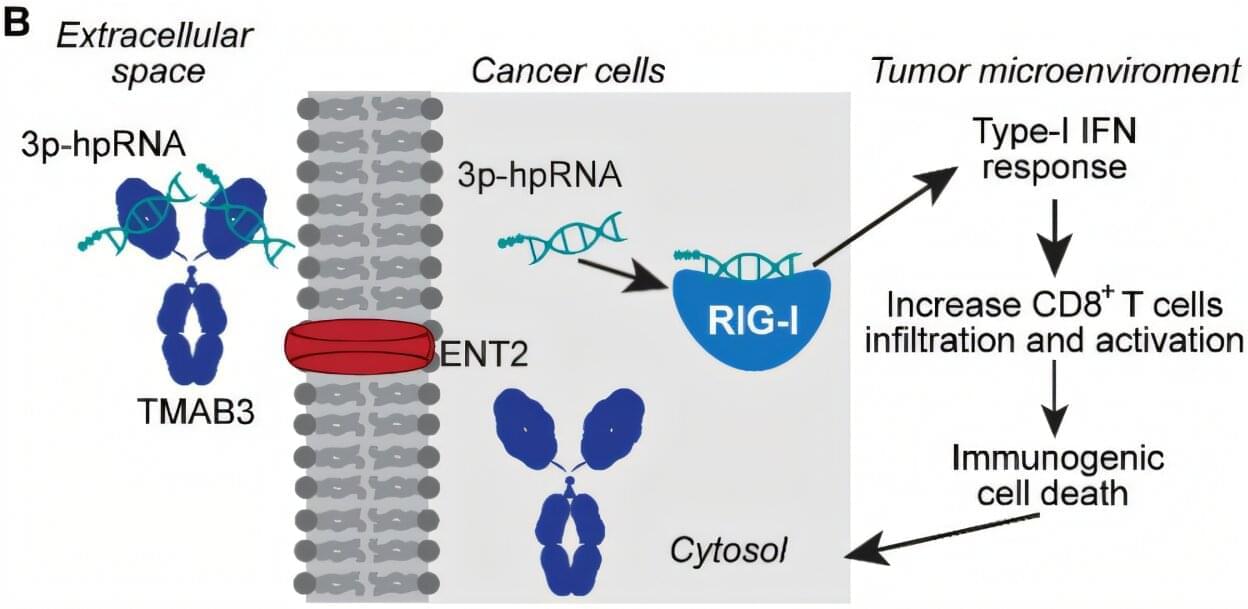
A specially engineered antibody that can accurately deliver RNA treatments into hard-to-reach and hard-to-treat tumors significantly improved survival and reduced tumor sizes in animal models, according to a study reported in Science Translational Medicine.
The study provides evidence that, once injected into the bloodstream, the antibody TMAB3, combined with a type of RNA that stimulates an innate immune reaction, can localize to tumors and penetrate and destroy stubborn diseased cells in pancreatic, brain, and skin cancers.
“Delivery of RNA-based therapies to tumors has been a challenge. Our finding that TMAB3 can form antibody/RNA complexes capable of delivering RNA payloads to tumors provides a new approach to overcome this challenge,” says Peter Glazer, senior author and Robert E. Hunter Professor of Therapeutic Radiology and Genetics at Yale School of Medicine (YSM).

Early-onset gastrointestinal cancers, typically defined as cancer diagnosed in individuals younger than 50 years, are among the largest subset of early-onset cancers globally.
This JAMA Review summarizes current evidence on early-onset gastrointestinal cancers.
This Review summarizes current evidence on colorectal, pancreatic, and esophagogastric cancers among individuals aged 18 to 49 years.
